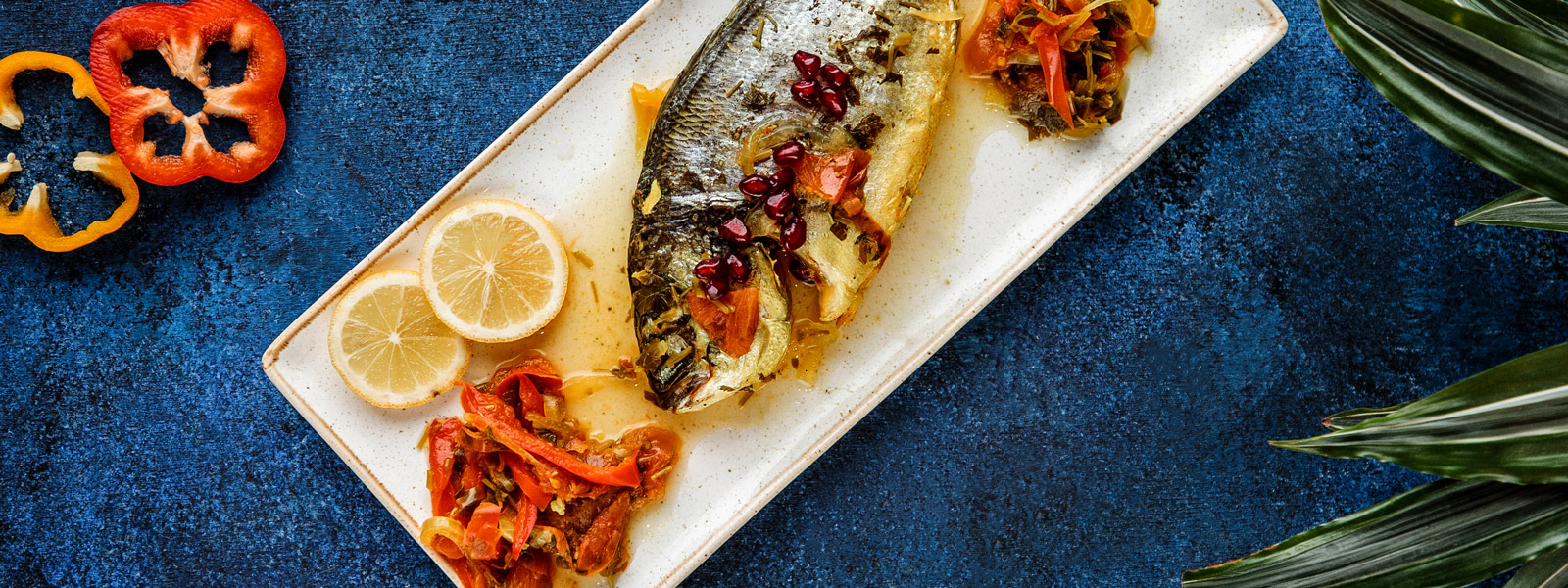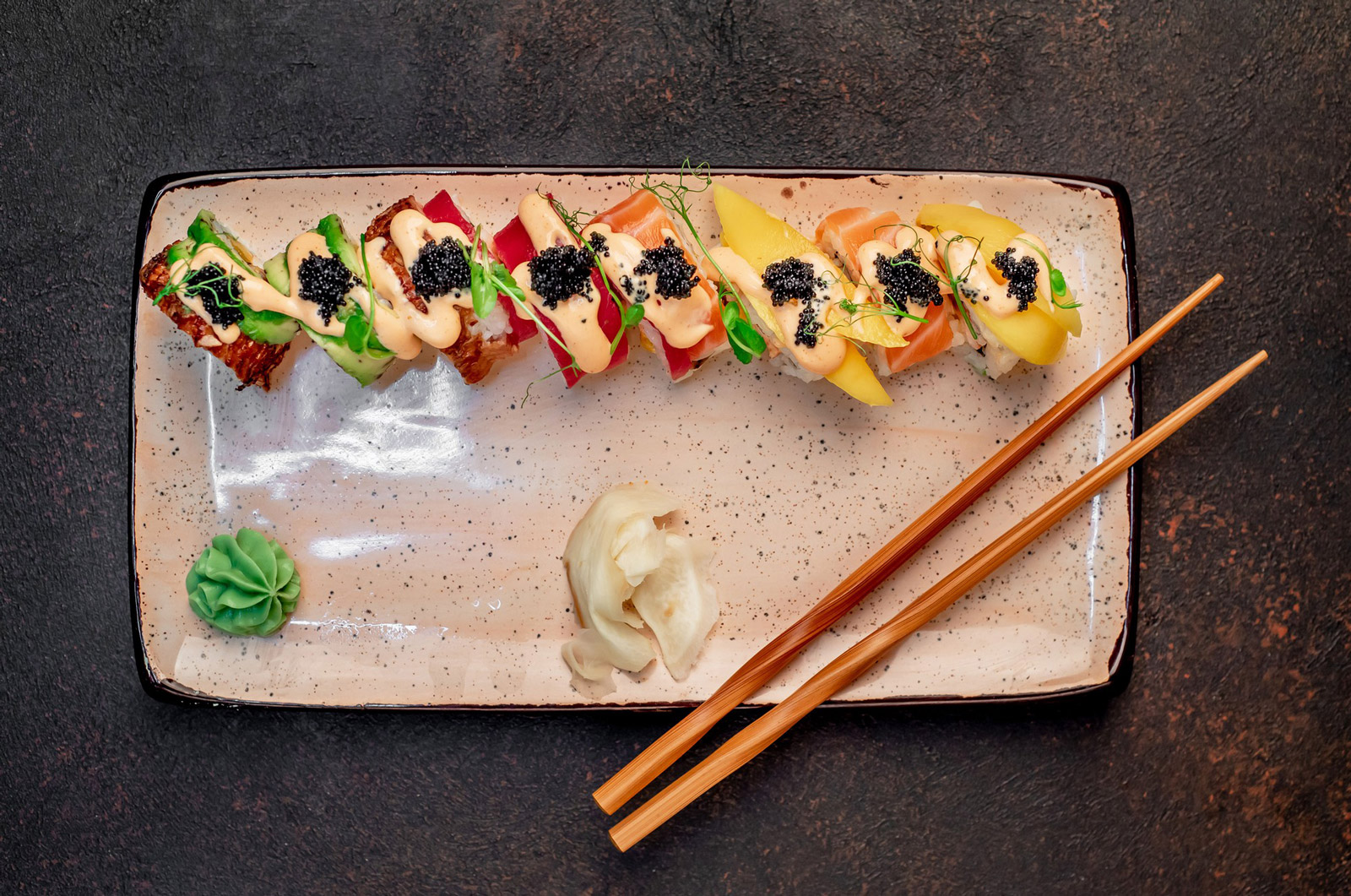
The growing awareness of environmental issues and the impact of overfishing has led many people to reconsider the seafood they consume. As the demand for seafood continues to rise, it’s more important than ever to make ocean-friendly choices that support the health of our oceans and marine life. Here’s how you can ensure that the seafood on your plate is both delicious and sustainable.
Why Sustainable Seafood Matters
Overfishing, habitat destruction, and climate change are putting tremendous pressure on marine ecosystems. According to the United Nations, nearly 90% of the world’s fish stocks are either fully exploited or overfished. Unsustainable fishing practices not only threaten the survival of species but also disrupt entire ecosystems and the livelihoods of millions of people who depend on fishing for their income.
By choosing sustainable seafood, consumers can help preserve fish populations, protect marine habitats, and reduce the negative impact of fishing on the environment. Sustainable fishing practices ensure that seafood is harvested in ways that allow fish populations to replenish and thrive, while also minimizing damage to other marine life and habitats.
How to Identify Sustainable Seafood
Making sustainable choices doesn’t have to be complicated. Here are some key tips to help you identify ocean-friendly seafood options.
Certifications are a reliable way to ensure that the seafood you’re buying has been sourced sustainably. Look for labels such as the Marine Stewardship Council (MSC), Aquaculture Stewardship Council (ASC), or Best Aquaculture Practices (BAP). These certifications ensure that the seafood is caught or farmed in ways that protect the environment and promote the long-term health of fish populations.
Opt for local, seasonal seafood whenever possible. Local fisheries often have a smaller environmental footprint compared to large-scale industrial fishing operations. Eating seafood that’s in season also ensures that you’re not contributing to overfishing during sensitive breeding periods.
Many popular species like tuna, salmon, and shrimp are overfished or farmed using harmful practices. By diversifying your seafood choices and opting for lesser-known species, you help reduce pressure on overexploited populations. Consider trying sustainable alternatives like mussels, oysters, sardines, or mackerel.

Some species are at greater risk due to overfishing or destructive fishing methods. Species such as bluefin tuna, sharks, and orange roughy are often caught using unsustainable practices. Avoiding these species can help protect vulnerable populations and promote healthier oceans.
When dining out or shopping for seafood, don’t hesitate to ask questions. Inquire about where the seafood comes from, how it was caught or farmed, and whether it meets sustainable standards. Restaurants and markets that prioritize sustainability will often have information readily available.
Sustainable Seafood Farming The Role of Aquaculture
Aquaculture, or fish farming, is playing an increasingly important role in providing a sustainable source of seafood. When done responsibly, aquaculture can help alleviate pressure on wild fish populations. However, not all fish farms are created equal—some can contribute to environmental degradation through pollution, habitat destruction, and the overuse of antibiotics.
To ensure that farmed seafood is sustainable, look for aquaculture products certified by organizations like ASC or BAP. These certifications ensure that the farms meet high environmental and social standards, including responsible waste management, minimal use of chemicals, and protection of local ecosystems.
The Future of Sustainable Seafood
As consumers become more educated about the importance of sustainability, the demand for ocean-friendly seafood continues to grow. This has led to innovations in both wild fishing and aquaculture, with new technologies and methods emerging to improve sustainability. For example, recirculating aquaculture systems (RAS), which recycle water used in fish farms, and offshore fish farming, which reduces the impact on coastal ecosystems, are among the advancements being developed to make seafood production more sustainable.
By making informed choices and supporting sustainable seafood, consumers can play a crucial role in protecting our oceans for future generations. Whether you’re dining at a restaurant, cooking at home, or buying from your local market, every choice counts.
